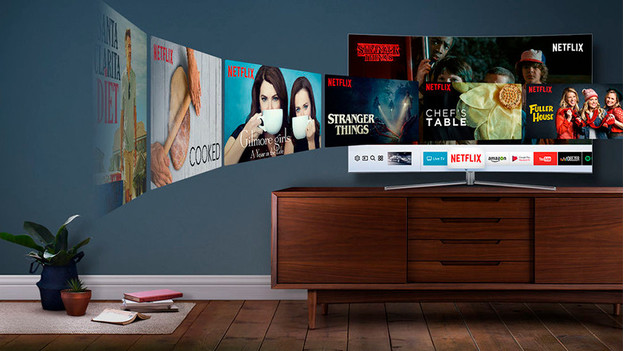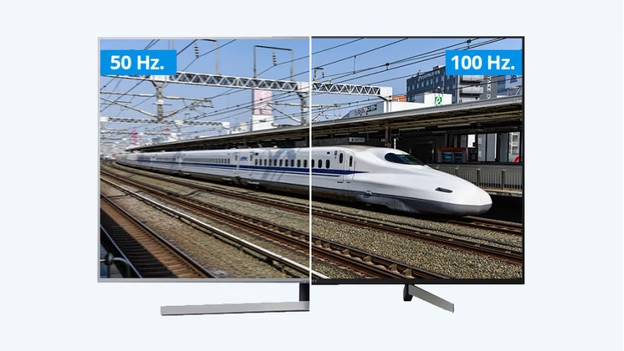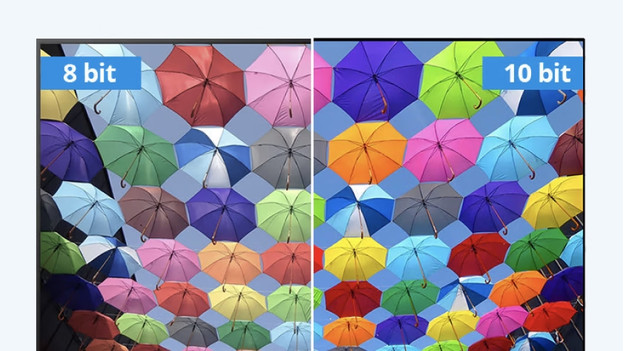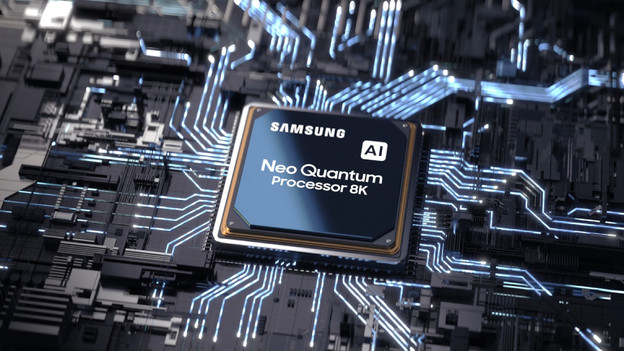
What's a TV processor?
Smooth smart TV controls

With a smart TV, you probably want to quickly browse the menu so you can easily stream movies and series. To quickly navigate more demanding apps like Netflix or YouTube, your smart TV needs to have a powerful processor. The better the processor, the faster the apps on the TV launch and load. So you can quickly switch between smart TV functions and live TV and easily scroll through the menu.
Fast actions are displayed smoothly

The power of the processor also determines how smooth fast actions are displayed. Televisions have a refresh rate between 50 and 100Hz. TVs with a high 100Hz refresh rate create extra frames, so every fast action is displayed smoothly. A powerful processor requires little time to process this and does it as smoothly and invisibly as possible. Every fast movement looks sharp as a result, such as a racecar speeding through a curve.
Sharp and smooth images

Many televisions with a 4K or 8K resolution use upscaling. This means that the TV makes the images sharper when you're watching something with a low resolution. The best processors analyze the images and use an image database to upscale what you're watching to a higher resolution. Some televisions also use noise reduction to remove imperfections from the image. This is useful when you're watching low-quality images, such as a standard YouTube video or DVD.
Higher contrast and lifelike colors

The better processors display the colors on the screen as realistically as possible. They recognize the images you're watching and adjust the contrast accordingly. As a result, colors look more vibrant and you can see more details in very bright or very dark images. Powerful processors can also recognize objects or people and display them with color tones that look as realistic as possible, such as skin tones. This way, the images look more lifelike and have more depth.
Processors by different brands

The larger television brands all have their own intelligent processor. LG has the a9 Gen5 processor, Philips has the P5 Gen5 processor, Samsung the Neo Quantum Processor 8K, and Sony has the Cognitive Processor XR. These processors have their own technologies, but have more or less the same functions. These processors are frequently improved to support the new technologies. With the rise of 8K televisions, it's important that the processors can properly upscale images to an 8K resolution, for example.
The best processor per brand
| Processor | |
|---|---|
| LG | a9 Gen 5 Processor |
| Philips | P5 Gen5 Processor |
| Samsung | Neo Quantum Processor 8K |
| Sony | Cognitive Processor XR |


